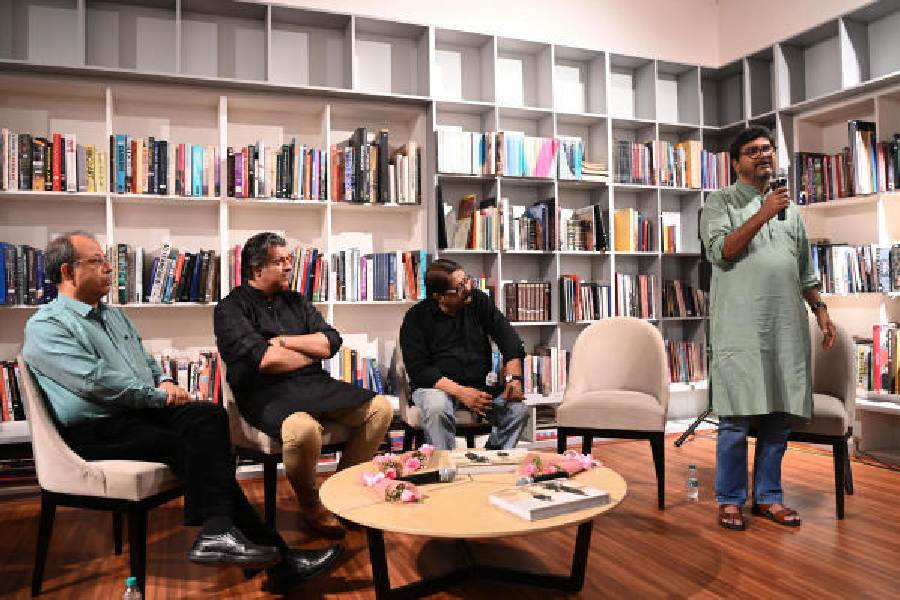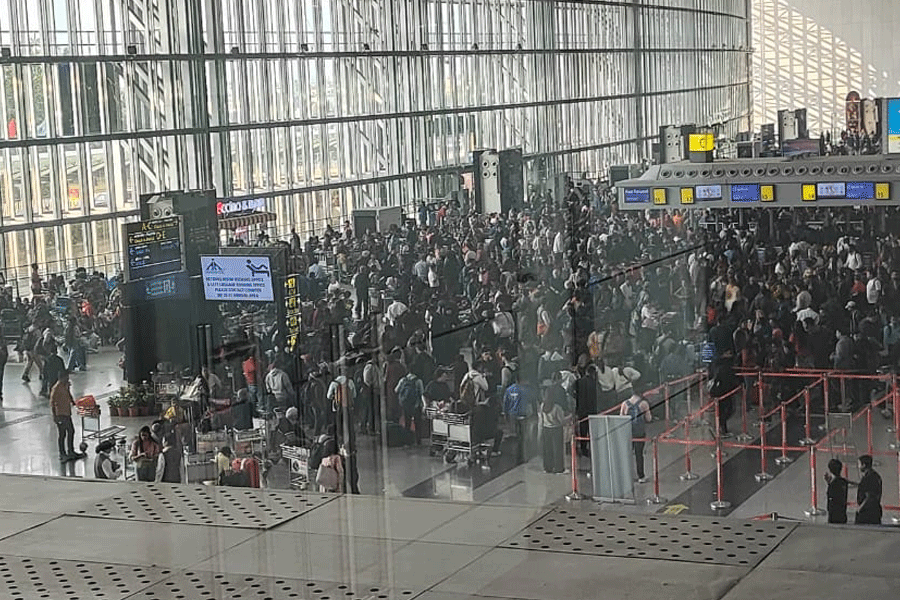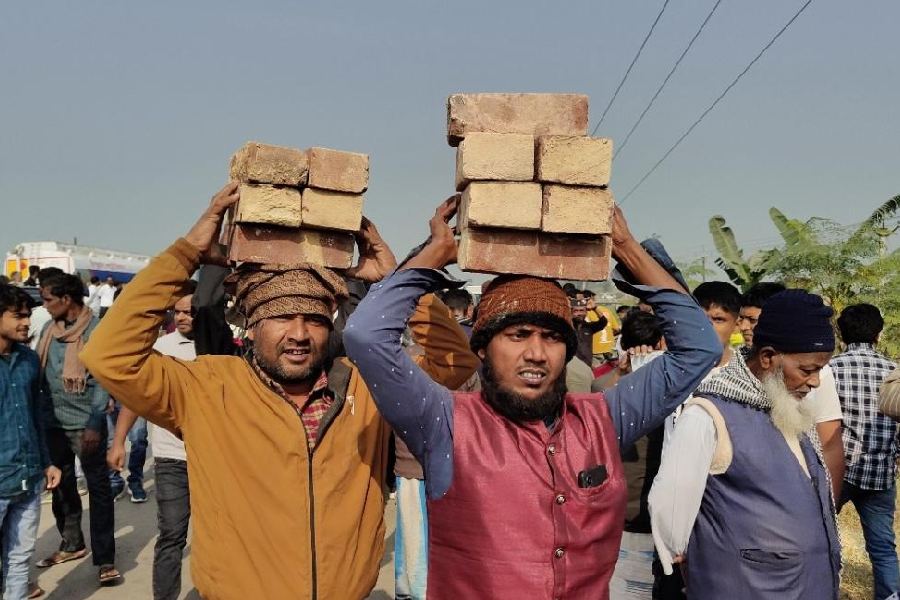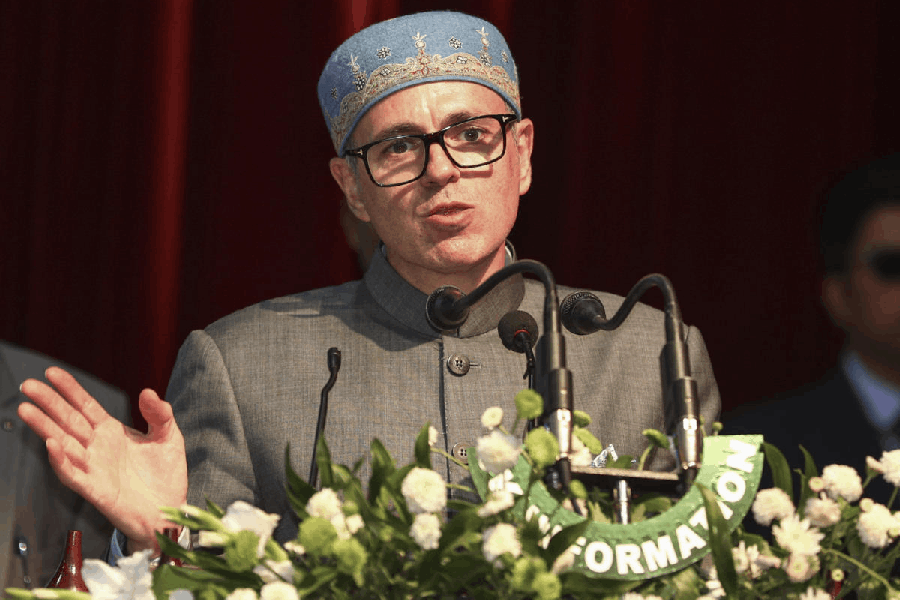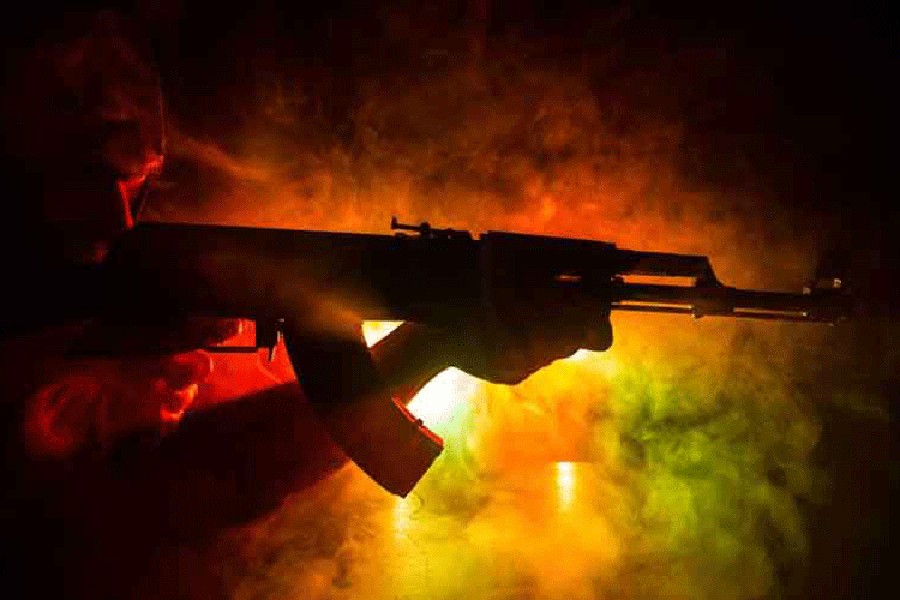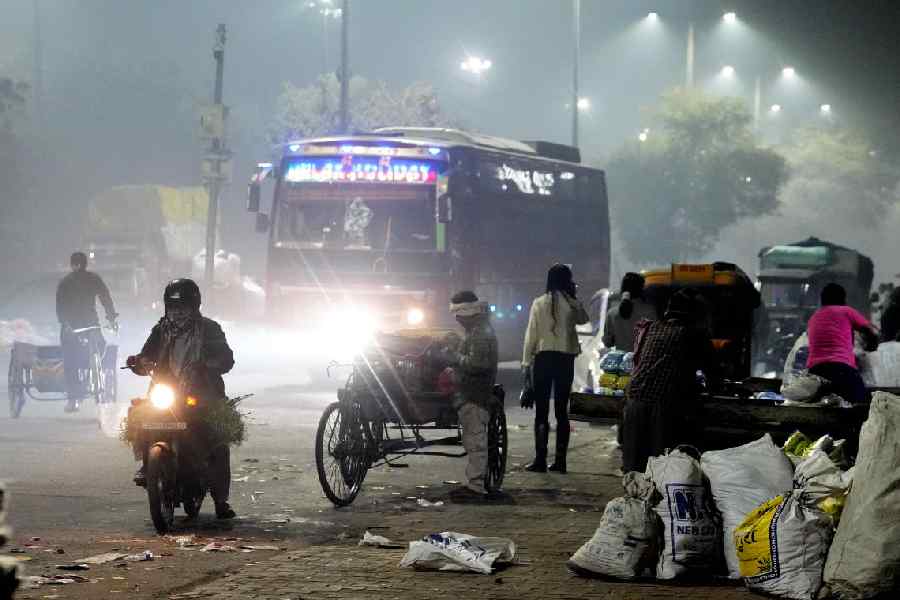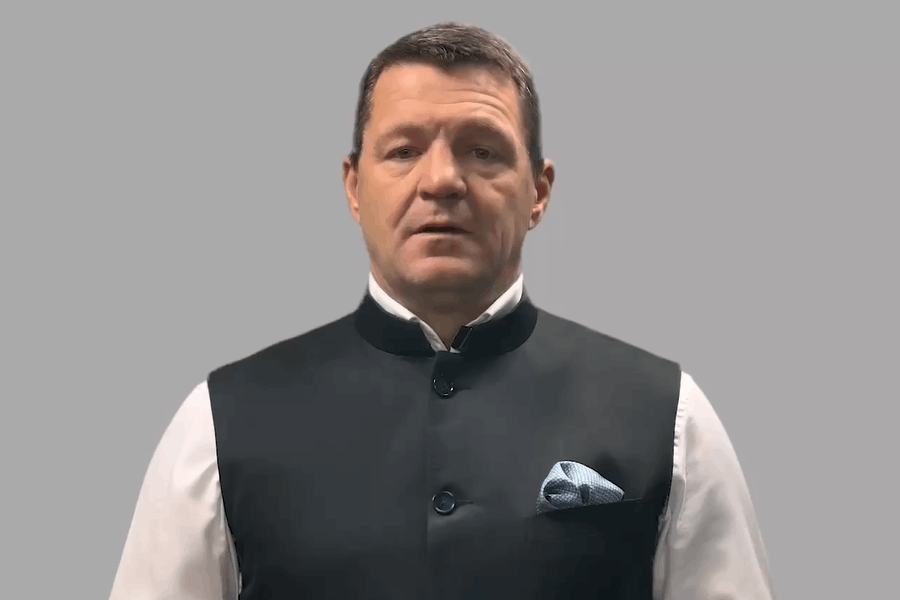Photojournalist Dilip Banerjee has lived a life as exciting as it has been turbulent. Covering, from ground zero, the post-9/11 US-led ‘war on terror’ in Afghanistan against the Taliban, Banerjee has, on several assignments between 2001 and 2012, documented militias and soldiers, government officials, service providers, and most significantly, ordinary Afghans caught in the crossfire of this prolonged and devastating conflict. His photographs, drawn from lived experience, capture the fear and resilience of men, women, children, and youth — reflecting both the harsh realities of daily survival and the cultural depth of a nation shaped by its ancient, diverse heritage. Through his photographs are revealed stories of struggle and strength, rooted in poverty and instability, yet rich with history and tradition.
Afghanistan: Coexisting with Conflict is a collection of 170 such photographs, curated carefully by Banerjee, which chronicle two decades of effort. Effort both Afghan and international, to bring stability and freedom to the nation. This mission ultimately failed, but Banerjee’s photographs are in themselves a success, drawing attention to the human stories all but lost in the backdrop of that conflict. Having witnessed these stories up close, Banerjee tells a tale through his photographs and notes in the book, recounting a tale often deliberately overlooked, through fragments filled with stories and moments from his time in the region.
The book was launched at the Kolkata Centre for Creativity on the EM Bypass on March 21, courtesy AHAVA Communications and the AHAVA Readers’ and Writers’ Club. Banerjee was joined by the director of the Alipore Museum, Calcutta, Jayanta Sengupta and photographer Sounak Banerjee for a panel discussion moderated by professor-filmmaker Ashoke Vishwanathan, which spanned a range of topics — from the war-torn landscape of Afghanistan to Banerjee’s experiences in the country, the history of the region and the courage he kept up during all his time on the ground, especially when one remembers people like Danish Siddiqui, who died covering a clash between the Afghan Special Forces and Taliban insurgents in Kandahar in 2021. Banerjee spoke at length about his time in Afghanistan, highlighting the dangers and terrifying situations he went through, which moved the audience and sparked lots of questions.
“It means a lot to see so many people gathered here today to listen to the stories behind these photographs. I live in Delhi now, and I can sincerely say that nothing matches the warmth and energy of Calcutta. I’ll never be able to recreate the feeling of being among Calcuttans, no matter where I am in the world. I am truly grateful to be here with you all today,” Banerjee started, later going on to recount the story behind his photographs.
“I was deep in a remote forest when it all began. Late one night, a radio in our camp suddenly caught fire, and not long after, we received news — we needed to reach Kabul, and we needed to move quickly, but we couldn’t take the usual route. Instead, we travelled via Tajikistan, and that is where the real journey began. It was past two o’clock in the morning in Tajikistan when we were in the middle of a river that we had to cross, but Kabul was still 400km away. We managed to hire an old Russian jeep eventually, but halfway through the journey, the jeep suddenly stopped. It turned out the driver had siphoned off the diesel to sell on the side. We were stranded in the middle of nowhere, terrified and unsure if we’d make it out of there alive. Eventually, we got back on the move, and we climbed through the mountains to reach Kabul. But even then, that was just the beginning.
“I remember hearing the sound of bombs in the distance while travelling from Kabul to Jalalabad, and there were nights we slept on the streets, or on muddy roads. And though the risk was constant, I consider myself fortunate to have lived and learned through such an experience. It taught me to see the realities of different kinds of people under constant strife. That is what I have tried to bring out in my photographs,” Banerjee said at the session.
A story like this is bound to leave listeners with goosebumps. Sengupta added a touch of history and politics to the discussion. “There has been war and conflict in Afghanistan for a very long time, beginning with invasions by powerful empires many centuries ago. Over the ages, Afghanistan has been part of multiple political empires, and the country has faced invasion and large-scale devastation on a regular basis. The Taliban emerged in the 1990s and were overthrown in 2001, but in 2021 they returned to power, reigniting concerns about human rights, especially for women. Economic and political uncertainty have continued in Afghanistan since, and it remains caught in a cycle of conflict and fragile hope,” he said, also adding that the river Banerjee mentioned crossing was the same river Emperor Babur had crossed several years ago.
Sounak Banerjee was verbose in his admiration for his fellow photographer, drawing attention to the fact that it is a task in itself to get the ‘right’ kind of photo under normal circumstances, leave alone in politically and emotionally scarring times.
“I cannot even imagine how difficult it must have been. Dilip da’s courage is remarkable. It is beyond me to even begin to comprehend what he has achieved here. The unbearable weight of the milieu he was surrounded by is in the photographs themselves. It is extraordinary what he has done. As a photographer myself, I have only praise for his work,” he signed off.
The session ended with the audience rising to their feet to applaud Banerjee and his artistic vision, a gesture that reflected their appreciation for a lifetime spent capturing truth through the lens.

